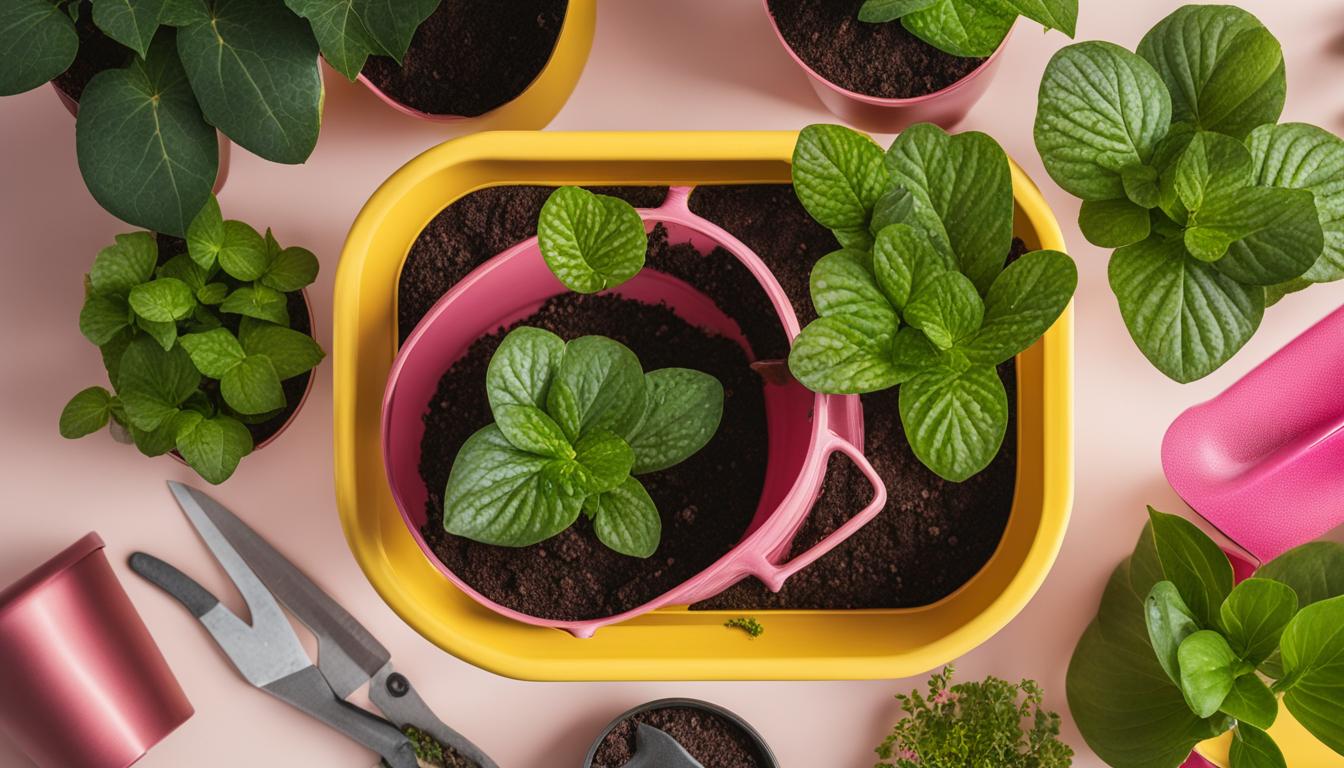
Welcome to my quick guide on growing and caring for Fittonia albivenis, commonly known as the nerve plant. This stunning houseplant is a favorite among indoor gardening enthusiasts for its colorful foliage and intricate veining patterns. In this article, I will share with you my tips and advice on how to successfully cultivate and maintain this beautiful low light plant.
Varieties of Fittonia
Fittonia plants offer a wide range of stunning leaf colors and patterns, making them a visually captivating addition to any indoor garden.
While the most common variety features deep-green leaves with silvery-white veins, there are several other exciting options available. These varieties showcase leaves in shades of pink, red, and green, allowing you to choose the perfect fit for your space.
Popular Varieties of Fittonia
| Variety | Foliage Colors | Vein Colors |
|---|---|---|
| ‘Argyroneura’ | Deep green | Silver-white |
| ‘Pearcei’ | Deep green | Reddish |
| ‘Frankie’ | Light pink and green | N/A |
| ‘Fortissimo’ | Green | Red and pink |
| ‘Red Star’ | Bright pink-red | N/A |
These are just a few examples of the captivating variations available in Fittonia plants. Each variety offers its own unique color combinations, ensuring that you can find the perfect Fittonia to complement your indoor garden’s aesthetic.
Care Tips for Fittonia
As an expert in indoor gardening, I’m here to share some valuable care tips for your beautiful Fittonia plant. Fittonia, also known as the nerve plant, is an easy-to-care-for houseplant that thrives in low light conditions. To ensure its health and vibrancy, here are some key guidelines to follow.
To begin with, Fittonia prefers bright, indirect light. While it can tolerate low light conditions, it should be kept away from direct sunlight as it can scorch its delicate leaves. Opt for a spot near a north-facing window or provide filtered light through sheer curtains.
| Aspect | Tips and Instructions |
|---|---|
| Light | Prefers bright, indirect light. Direct sunlight can scorch the leaves, while too little light can cause the plant to become leggy. |
| Watering | Keep the soil consistently moist but not waterlogged. Reduce watering in the winter months. |
| Humidity | High humidity is preferred. Mist regularly or use a pebble tray to increase humidity. |
| Temperature | Thrives at 60-80°F (16-27°C). Avoid temperatures below 60°F (15°C) as it can damage the plant. |
| Soil | A well-draining potting mix is ideal. A peat-based mix can help retain moisture. |
| Fertilization | Feed with a balanced, water-soluble fertilizer every 4 weeks during the growing season. |
| Pruning | Prune regularly to encourage bushy growth and remove any dead or yellowing leaves. |
| Repotting | Repot every 1-2 years or when the plant has outgrown its pot. |
| Propagation | Can be easily propagated from stem cuttings placed in water or directly into soil. |
| Air Purification | Believed to have air-purifying qualities that can help remove indoor air pollutants to some extent. |
| Toxicity | Non-toxic to cats, dogs, and humans. However, it’s best to keep it out of reach of small children and pets. |
Next, maintaining high humidity is essential for Fittonia’s well-being. Mist the leaves regularly to mimic the moist environment of its natural habitat. Another effective method is to place the plant’s pot on a tray filled with pebbles and water, ensuring the bottom of the pot never sits in the water.
When it comes to watering, keeping the soil consistently moist is crucial for Fittonia. However, be cautious not to overwater, as this can lead to root rot and yellowing leaves. Check the soil moisture regularly and water when the top inch feels slightly dry. Remember, well-drained soil is key.
Fertilizing your Fittonia once a week during the growing season will provide it with the necessary nutrients. Choose a weak dose of liquid fertilizer formulated specifically for tropical plants to promote healthy growth. Additionally, pinch back the stems regularly to encourage bushy, compact growth.
Finally, keep a watchful eye for common pests such as fungus gnats, mealy bugs, or aphids. If you notice any infestations, promptly treat them with the appropriate insecticidal oil or soap to protect your Fittonia’s well-being.
By following these care tips, your Fittonia plant will thrive as a stunning and low light houseplant, adding beauty and vibrancy to your indoor space.
FAQ
How tall does Fittonia grow?
Fittonia typically grows to a height of 3 to 6 inches.
What is the trailing spread of Fittonia?
Fittonia has a trailing spread of 12 to 18 inches.
What are the different leaf colors available in Fittonia?
Fittonia comes in leaf colors such as silvery-white, red, pink, white, and green.
What kind of light does Fittonia prefer?
Fittonia prefers bright, indirect light and should be kept away from strong, direct sunlight.
How should I maintain humidity for Fittonia?
Fittonia requires high humidity, so misting the leaves frequently or placing the pot in a tray filled with pebbles and water can help maintain moisture.
What type of soil does Fittonia prefer?
Fittonia grows well in standard potting soil with a slightly acidic pH.
How often should I water Fittonia?
Fittonia should be kept moist but well-drained, so watering should be done regularly.
What temperature does Fittonia thrive in?
Fittonia thrives at temperatures around 70°F.
How can I create the ideal environment for Fittonia?
Regular misting or the use of a room humidifier can help create the ideal humid conditions similar to those found in rainforests.
How can I propagate Fittonia?
Fittonia can be propagated from stem-tip cuttings.
How often should I fertilize Fittonia?
Fittonia should be fertilized weekly with a weak dose of liquid fertilizer formulated for tropical plants.
What are the common problems for Fittonia?
Common problems for Fittonia include infestations of fungus gnats, mealy bugs, or aphids.
How can I treat infestations on Fittonia?
Infestations on Fittonia should be treated promptly with the appropriate insecticidal oil or soap.

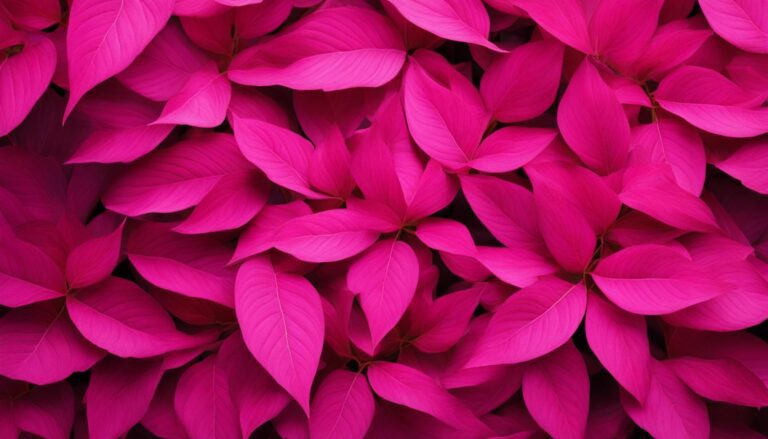
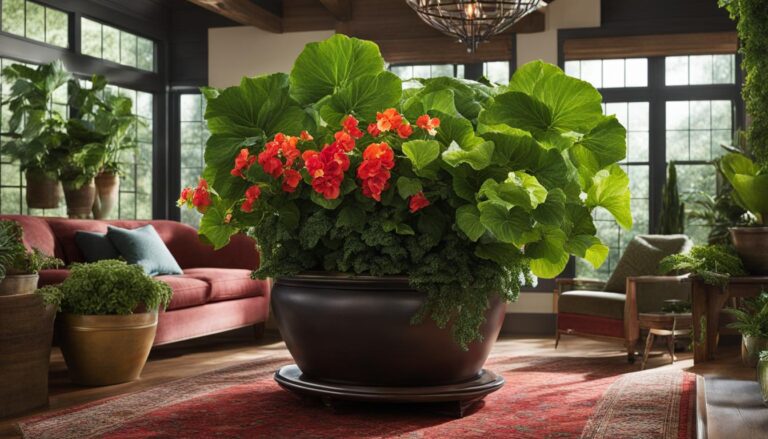
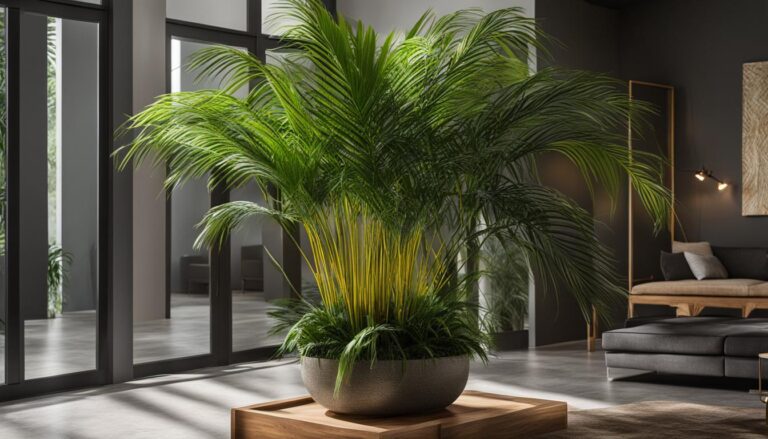
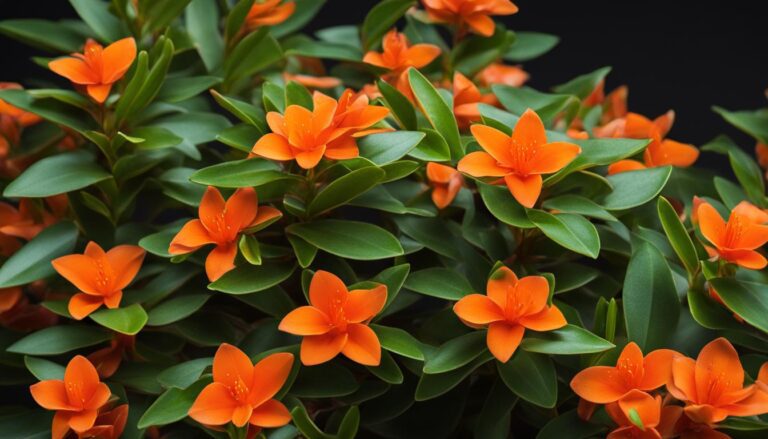
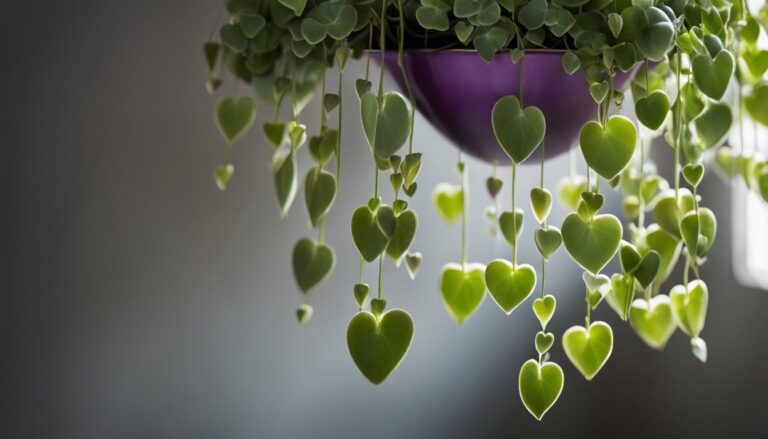
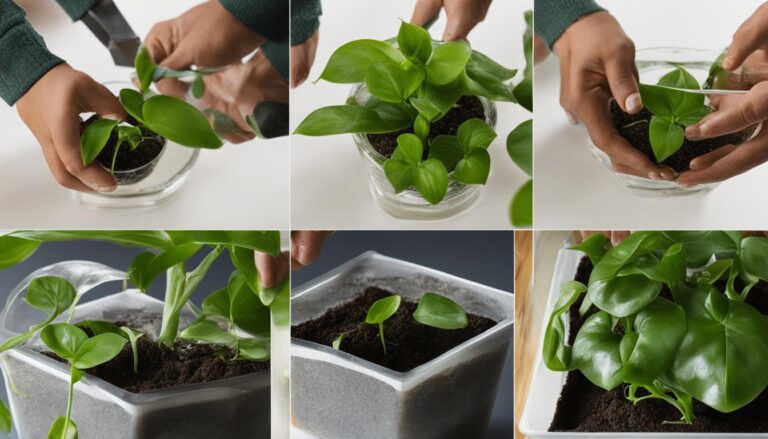
One Comment
Comments are closed.